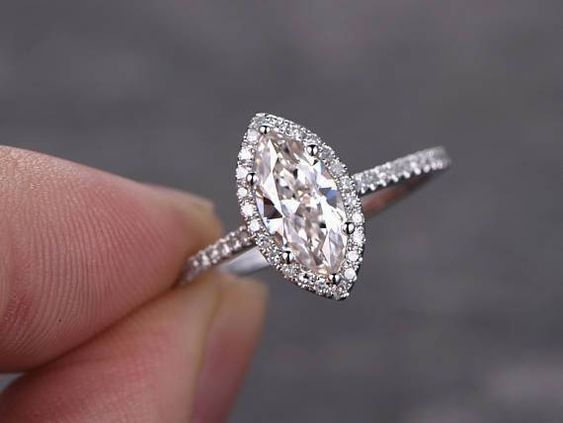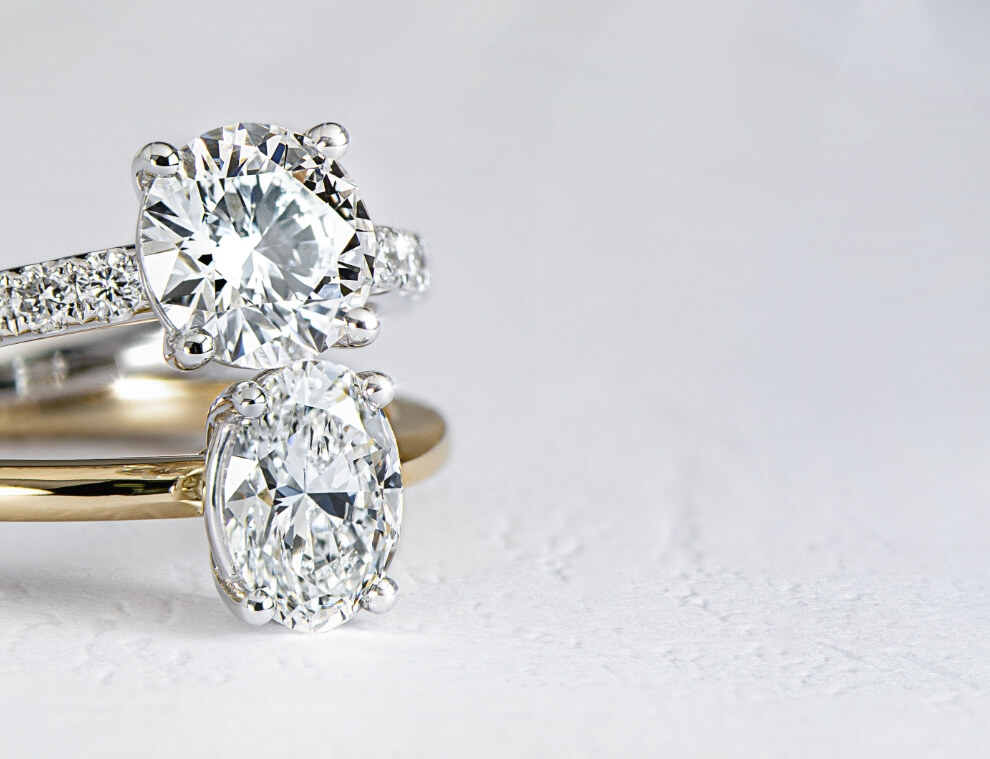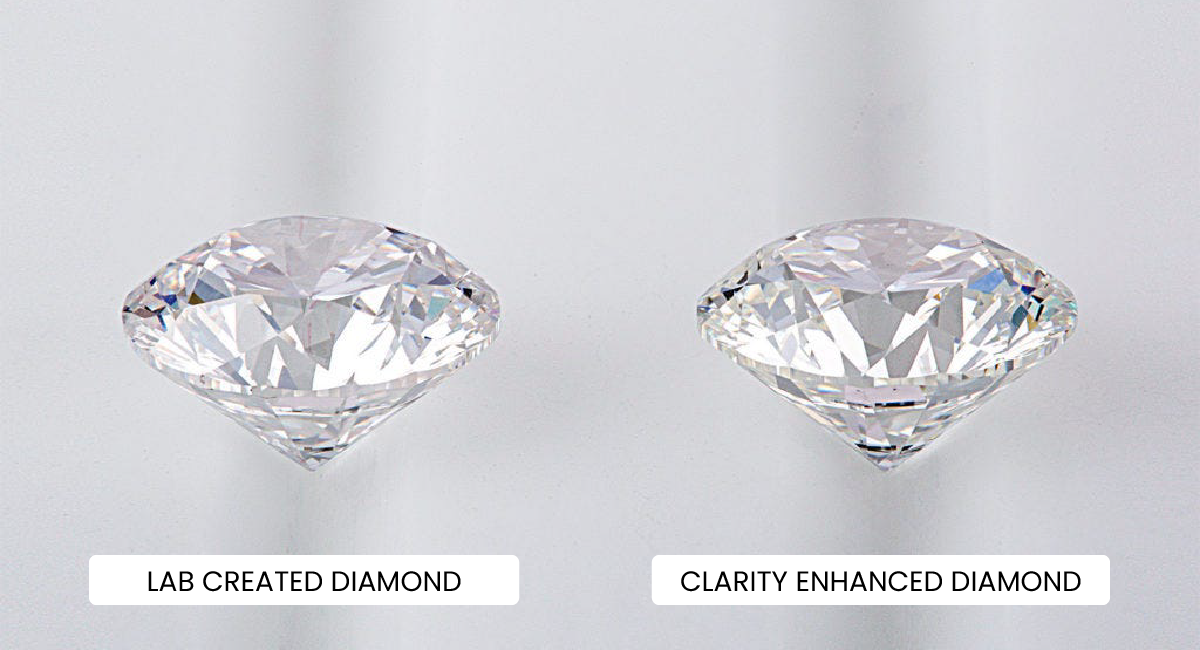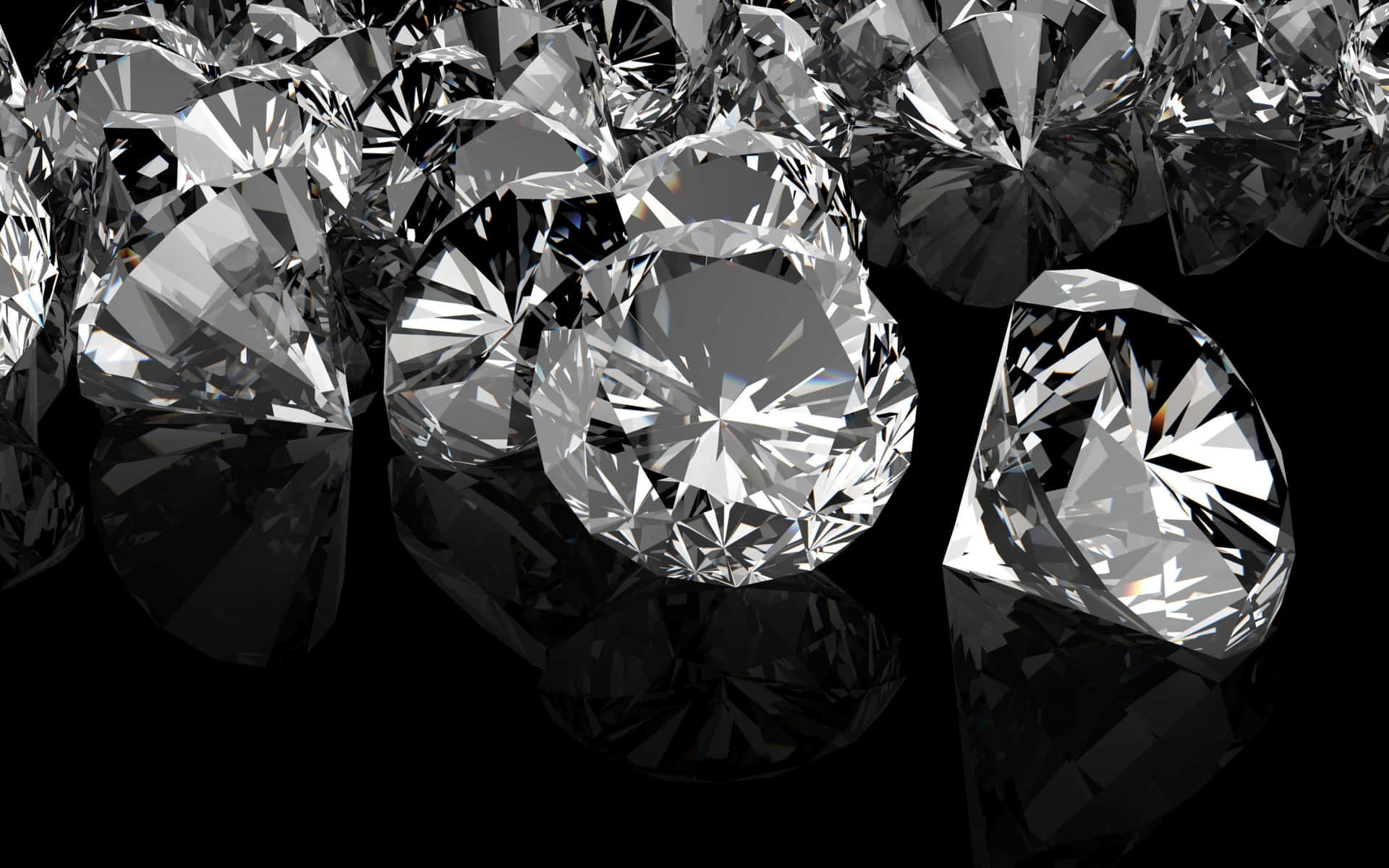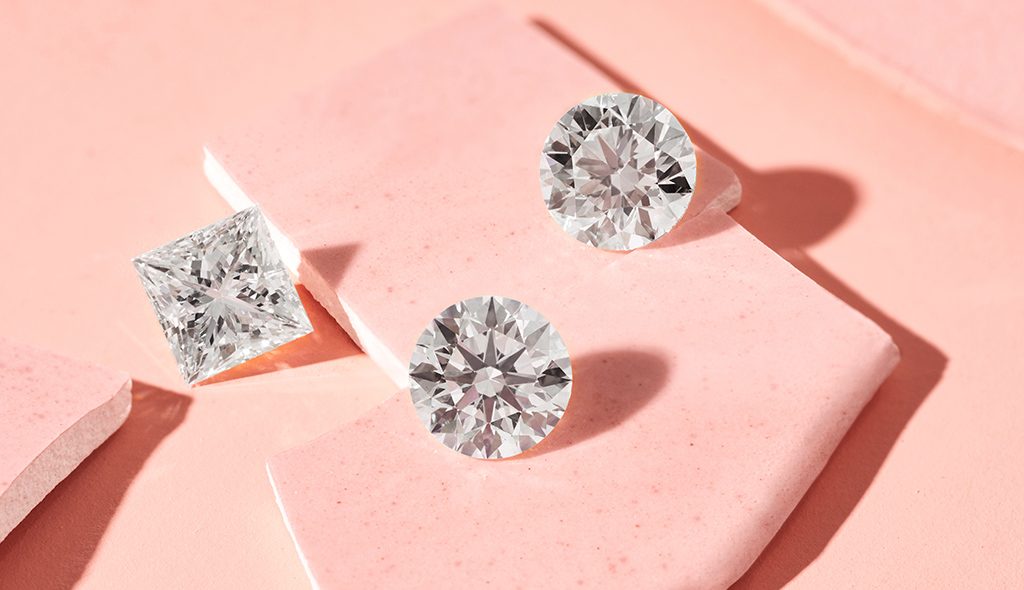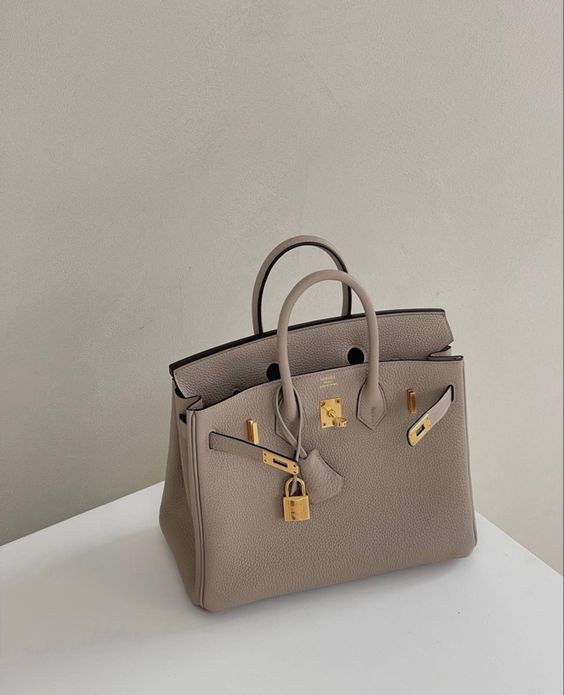In the world of diamonds, a significant shift is happening. The growing popularity of lab-grown diamonds has challenged the long-standing dominance of mined diamonds, and many consumers are now recognizing them as the superior choice. Here’s why lab diamonds the #1 choice for those seeking beauty, ethical integrity, and value in their diamond purchases.
What Are Lab Diamonds?
Lab-grown diamonds, also known as synthetic diamonds or man-made diamonds, are real diamonds, just like their mined counterparts. The only difference is that they are created in a laboratory setting rather than being extracted from the Earth. Using advanced technology, such as High Pressure High Temperature (HPHT) or Chemical Vapor Deposition (CVD), lab diamonds mimic the natural process of diamond formation, resulting in diamonds with the same chemical, physical, and optical properties.
Why Lab Diamonds Are Becoming the #1 Choice
1. Ethical and Sustainable
One of the most significant advantages of lab diamonds is their ethical and environmental benefits. Traditional diamond mining is often associated with issues such as human rights violations, child labor, and severe environmental degradation. On the other hand, lab diamonds are created with minimal environmental impact and do not rely on exploitative labor practices. For consumers who are concerned about the ethical implications of their purchase, lab-grown diamonds offer peace of mind.
2. Cost-Effective
Lab diamonds are generally 20% to 40% less expensive than mined diamonds, even though they are identical in appearance and chemical composition. This price difference stems from the fact that lab-grown diamonds do not require the complex and often hazardous mining processes. The affordability of lab diamonds makes them an attractive option for those who want a high-quality diamond without breaking the bank.
3. Greater Transparency
The diamond industry has been criticized for its lack of transparency, especially when it comes to the origins of diamonds. Lab-grown diamonds, however, are traceable from start to finish, and their entire creation process can be documented. This transparency gives consumers confidence that they are making an informed, ethical, and sustainable purchase. Lab-grown diamonds also come with certifications that ensure their authenticity and quality, just like natural diamonds.
4. Equal Quality and Beauty
When it comes to visual appeal and quality, lab created diamonds are indistinguishable from mined diamonds. They are made using the same materials and have the same hardness, brilliance, and fire. Lab diamonds undergo the same grading process by recognized gemological labs, and they are assessed for the same four Cs—cut, color, clarity, and carat weight. The only difference is their origin, making lab-grown diamonds an attractive option for those who want the luxury of diamonds without the environmental and ethical concerns.
5. Customization and Innovation
Lab-grown diamonds also offer greater flexibility when it comes to customization. Since they are created in a controlled environment, it is easier to design unique shapes, sizes, and colors. Whether you’re looking for a rare fancy color diamond or a custom-cut engagement ring, lab diamonds provide a wider range of possibilities. Moreover, technological advances in diamond creation mean that innovations in diamond creation and design are more frequent, giving consumers access to cutting-edge styles.
6. A Greener Future
Environmental sustainability is one of the key selling points for lab-grown diamonds. While traditional diamond mining involves the destruction of vast landscapes and can create significant waste and carbon emissions, lab-grown diamonds require far fewer resources. The creation of lab diamonds uses far less water and energy than traditional mining, and with many lab-grown diamond manufacturers focusing on renewable energy, these diamonds can be created with a much lower carbon footprint.
7. Popular Among Millennials and Gen Z
Younger generations, particularly Millennials and Gen Z, are driving the rise of lab-grown diamonds. This demographic values sustainability, transparency, and ethical consumption, which makes lab-grown diamonds a natural choice. These generations are also more likely to question long-held traditions and are not bound by the legacy of diamond mining, making lab diamonds a more appealing option in their eyes.
Conclusion
As consumers increasingly prioritize ethical sourcing, sustainability, and value, lab diamonds are quickly becoming the #1 choice for modern buyers. With their identical beauty to mined diamonds, affordability, and environmental and ethical advantages, lab-grown diamonds offer a compelling alternative. As technology continues to evolve and consumer preferences shift, it’s clear that the future of the diamond industry is lab-grown, and it’s a future that benefits both consumers and the planet.
Lab diamonds are not just a trend; they are a revolution in the jewelry world.


